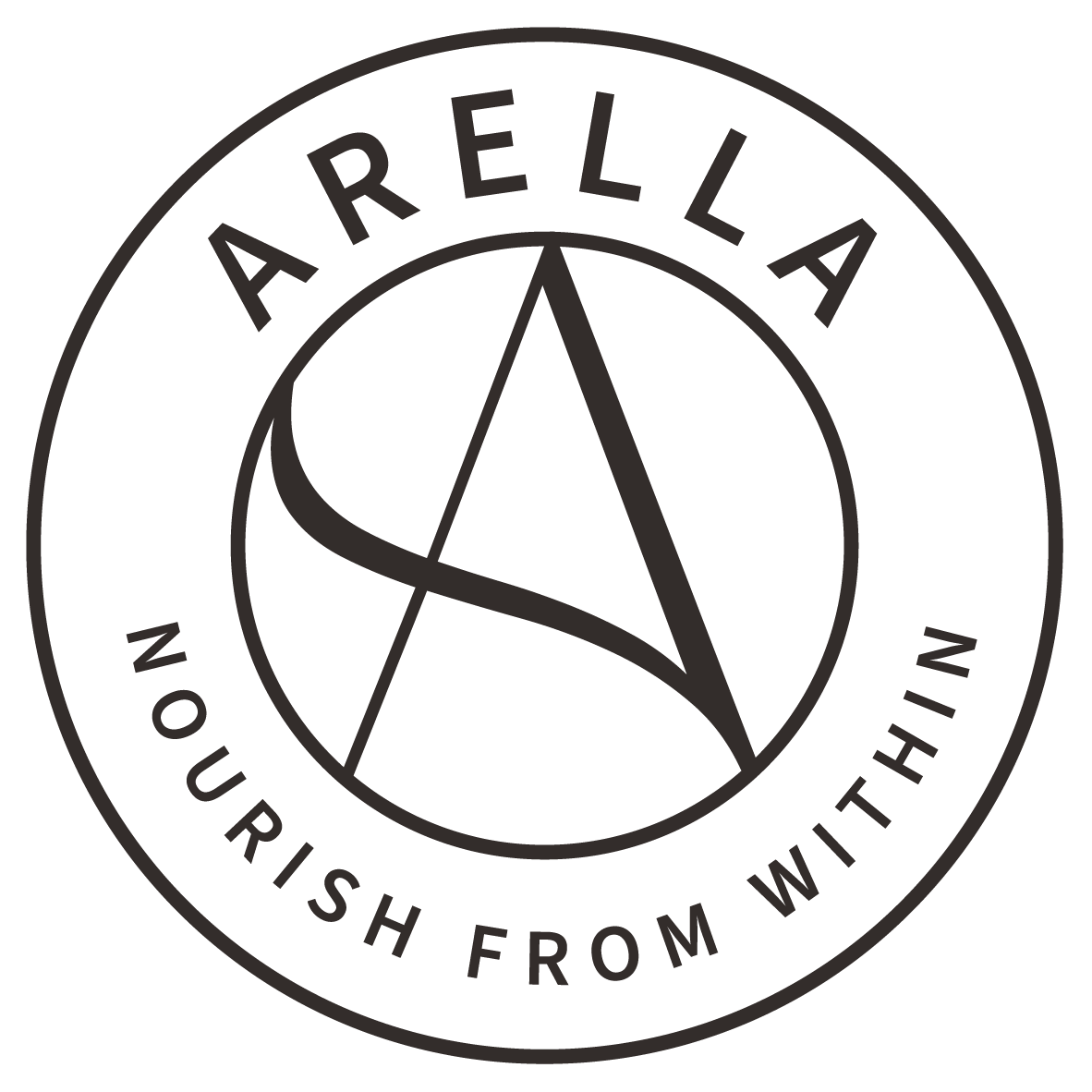
You’re walking up the stairs and suddenly feel a pang in your kneecap. Your elbows and wrists are hurting, and there’s a constant ache in your hip. What’s going on? Joint pain is something that affects everyone, and it can creep up on you. Long ambling walks become a distant memory, and you can no longer wear those high-heeled shoes you love.
Stiffness in your muscles and joints is common. But there are ways to manage it so you can climb those stairs without a twinge. Read on for quick and practical tips to reduce joint pain.
What Causes Joint Pain?

Sore joints and muscles happen for all sorts of reasons. Below are some of the most common causes:
- Arthritis - Arthritis is inflammation in the joints, usually in the hands, knees and hips. But you can also get it in your knuckles and toes.
- Frozen shoulder - This is when you have a stiff, sore shoulder that’s painful for months or even years.
- Menopause - Not many people make the connection between menopause and joint pain. But it occurs because of the dramatic drop in oestrogen.
Discover Arella Pause - Menopause Support Supplement.
- Injury - Life isn’t without its bumps along the way, and a twisted ankle or sports injury is a classic example. You may have a persistent knee injury, ankle pain or elbow pain.
- Pregnancy - Your body goes through a lot of changes during pregnancy, and a regular issue is joint stiffness, such as hip pain.

- Hormonal growth - Teenagers' bodies go through dramatic growth spurts, creating joint pain all over. But your body continues to change throughout your life, causing twinges and aches.
- Loss of collagen - Collagen gives joints strength and support but declines as you age, triggering joint stiffness.
- Vitamin D deficiency - The sunshine vitamin is vital for strong bones. Without enough, you’ll struggle with weak and achy joints.
Read more: How to Get More Vitamin D in Winter.
Treatment for Joint Pain and Stiffness

Aching joints are not something you want to deal with. After all, running and jumping like a five-year-old child would be much more fun. Well, that might be a tall ask. But there are ways to restore stiff knees and achy backs for a more comfortable and active life.
Collagen Supplements

This one may come as a surprise, but a collagen supplement for joints is incredibly beneficial. Cells called fibroblasts create collagen, the most abundant protein in your body. Collagen’s role is to give cells strength and elasticity for everything from your skin and hair to your tendons and muscles.
When you don’t have enough collagen, cells become stiff and weak. The consequence is easy muscle tears, less bouncy skin, hair breakage and inflexible, painful joints.
Unfortunately, collagen levels naturally decline around age 25 (it’s all fun and games, isn’t it?). So, you’re more likely to experience stiffness. But a collagen supplement is your answer.
Read more: 7 Incredible Benefits of Collagen Supplements.

Arella Beauty’s Liquid Collagen Supplement is packed with nutrients that are scientifically proven to naturally boost your collagen. It contains vitamin C, vitamin D, retinol and VeCollal® - plant-based technology to synthesise collagen.
Gentle Strengthening Exercises

A surefire way to improve joint pain is regular strengthening exercises. It’s natural to avoid leaning on sore joints, which is beneficial initially, for example, when recovering from an injury. However, avoiding using the area altogether means the muscles waste away. They become weaker, so the pain worsens when you use the joint.
Focusing on movement for a specific sore point will build muscle around the joint, strengthening it and minimising pain. For instance, knee inflammation treatment often uses lunges to place gentle pressure on the knee cap and increase stability.
Always do your research and ask a doctor for advice before undertaking exercises for your joints. You can get a list of exercises to complete over a set time or attend physio to level up joint strength.
Reduce Inflammation

A massive relief for joint pain is knowing how to reduce inflammation. Inflammation is an immune system response that causes cells to swell. When this happens in your joints, it can be anything from mildly uncomfortable to incredibly painful.
Following an anti-inflammatory diet, getting enough sleep and learning how to reduce stress are the first steps to lowering inflammation. You can also try anti-inflammatory herbs and get enough vitamin D, which has a natural anti-inflammatory response.
Muscle Massages

Your joints are surrounded by muscles, big ones, small ones and ones in between. And sometimes, they become overworked and sore. You might also experience the downside of working from home and find yourself constantly sitting down or bending at the elbows. Over time, your muscles become tight, restricting blood flow and triggering inflammation.
Massaging around the joints helps loosen bunched-up muscles and improves circulation, which lowers inflammatory pain. It becomes easier to move and is especially beneficial for sports injuries, stress-related pain and some forms of arthritis.
Rest Up

If you have joint pain from an injury, such as a twisted knee, give it time to heal. Re-strengthening the surrounding muscle and using the joint to retain flexibility is important, but wait for tears and sprains to heal. Otherwise, you could do more harm than good.
If you suffer from arthritis joint pain, exercising in small doses is vital. Don’t push your body to breaking point and perhaps switch to movement that’s easy on you. Yoga and walking are good examples. There are different intensity levels, and both require balance, which utilises and strengthens tiny muscles around your joints.
Soothe Your Joint Pain With Arella Beauty

Joint pain can affect your everyday life, but now you have the knowledge to do something about it. Looking after your body with anti-inflammatory foods and strengthening your muscles with gentle exercise is a great place to start. Go the extra mile and support your joints using an Arella Beauty collagen supplement.
Read next:
- How to Get Rid of Inflammation in the Body Fast
- How to Improve Blood Circulation Naturally
- What Happens When You Take Collagen for Heart Health
_





